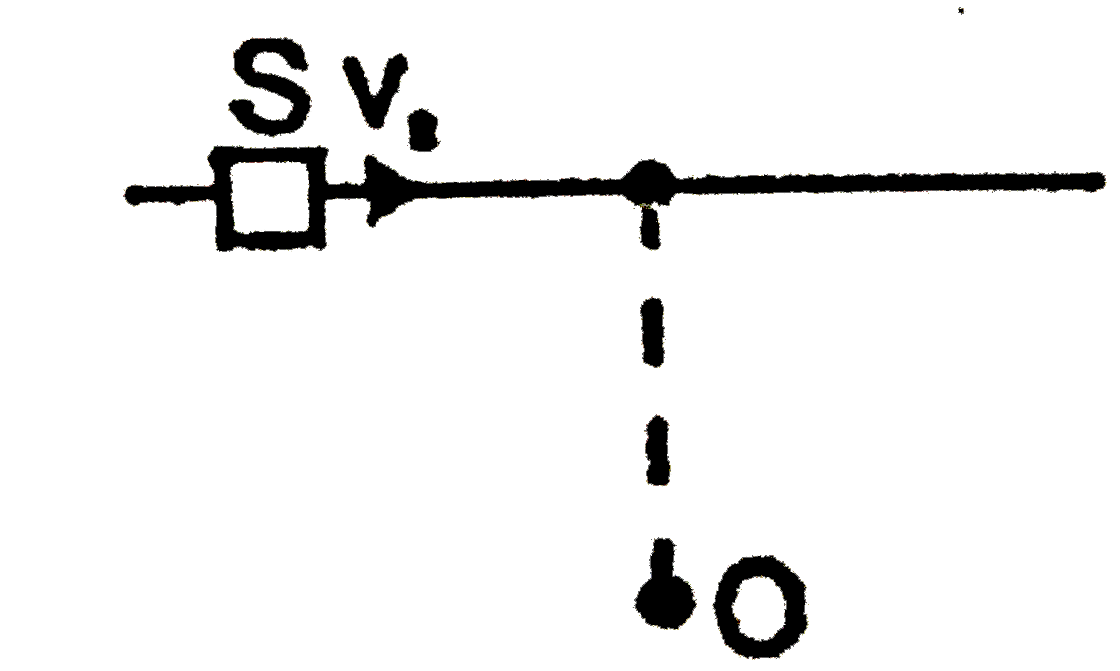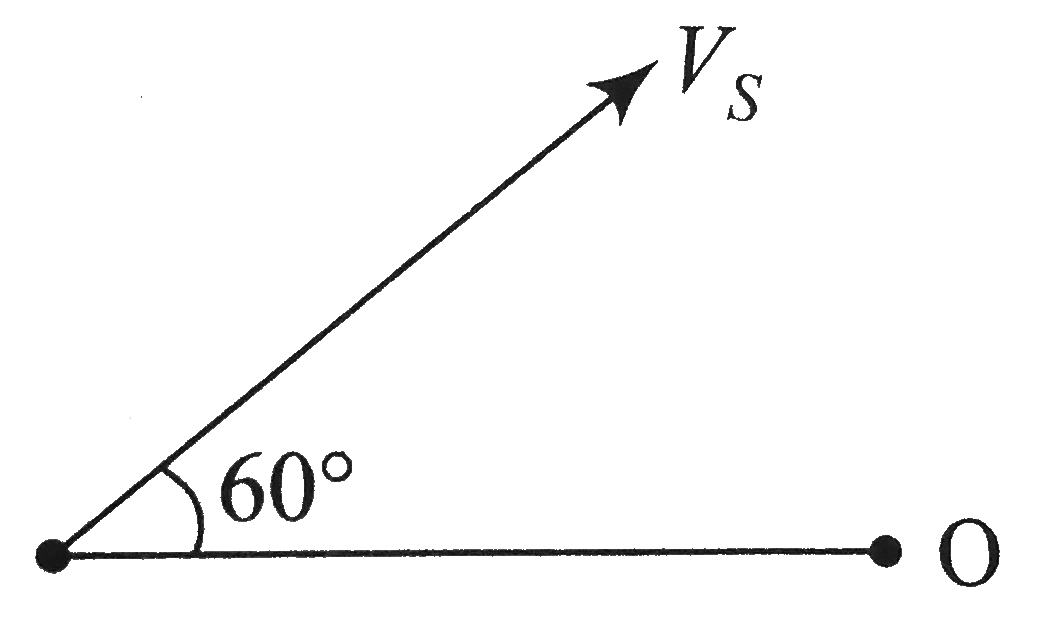An isotropic stationary source is emitting waves of frequency n and wind is blowing due north. An observer A is on north of the source while observer B is on south the source. IF both the observers are stationary, then
frequency received by A is greater than n
frequency received by B is less than n
freqeuency received by A equals to that received by B
frequencies received by A and B cannot be calculated unless velocity of waves in still air and velcity of wind are known
The correct Answer is:C
Since source and both the observer are stationary, therefore no change will be observed by the two observer. It means both the observers will receive waves with natural frequency, which is equal to n.
Topper's Solved these Questions
- SOUND WAVES AND DOPPLER EFFECTBook:CENGAGE PHYSICS ENGLISHChapter:SOUND WAVES AND DOPPLER EFFECTExercise:Multiple Correct
Explore 44 Videos
- SOUND WAVES AND DOPPLER EFFECTBook:CENGAGE PHYSICS ENGLISHChapter:SOUND WAVES AND DOPPLER EFFECTExercise:Assertion-Reasoning
Explore 24 Videos
- SOUND WAVES AND DOPPLER EFFECTBook:CENGAGE PHYSICS ENGLISHChapter:SOUND WAVES AND DOPPLER EFFECTExercise:Subjective
Explore 56 Videos
- RIGID BODY DYNAMICS 2Book:CENGAGE PHYSICS ENGLISHChapter:RIGID BODY DYNAMICS 2Exercise:Interger
Explore 2 Videos
- SUPERPOSITION AND STANDING WAVESBook:CENGAGE PHYSICS ENGLISHChapter:SUPERPOSITION AND STANDING WAVESExercise:Comprehension Type
Explore 5 Videos
Similar Questions
When the medium moves and the source and observer are stationary:
View SolutionA source of sound emitting a note of frequency 200 Hz moves towards an observer with a velocity v equal to the velocity of sound. If the observer also moves away from the source with the same velocity v, the apparent frequency heard by the observer is
View SolutionThe source (S) of sound is moving constant velocity v0 as shown in diagram. An observer O listens to the sound emmited by the source. The observed frequency of the sound

View SolutionA fixed source of sound emitting a certain frequency appears as fa when the observer is apporoaching the source with υ0 and fr when the observer recedes from the source with the same speed. The frequency of source is
View SolutionA source emitting a sound of frequency f is placed at a large distance from an observer. The source starts moving towards the observer with a uniform acceleration a. Find the frequency heard by the observer corresponding to the wave emitted just after the source starts. The speed of sound in the medium is v.
View Solution
A source of sound S emitting waves of frequency 100Hz and an observer O are located at some distance from each other. The source is moving with a speed of 19.4ms−1 at an angle of 60∘ with the source observer line as shown in the figure. The observer is at rest. The apparent frequency observed by the observer (velocity of sound in air 330ms−1) is
View SolutionA sound source emitting sound of frequency 450 Hz is approaching a stationary observer with velocity 30ms−1 and another identical source is going away from the observer with the same velocity. If the velocity of sound is 330ms−1, then the difference of frequencies heard by observer is
View SolutionA stationary source of sound is emitting sound of frequency 500Hz. Two observers A and B lying on the same line as the source, observe frequencies 480Hz and 530Hz respectively. The velocity of A and B respectively are (in m/s), speed of sound =300m/s.
View SolutionDoppler shift in frequency of sound is independent of (Source is moving on the straight line joining source and observer)
View SolutionA stationary source emits sound of frequency 1200 Hz. If would blows at the speed of 0.1 v. deduce
(a) The change in the frequency for a stationary observer on the wind side of the source
(b) Report the calculations for the case when there is no wind but the observer moves at 0.1 v speed towards the source (Given : velocity of sound = v)
View Solution